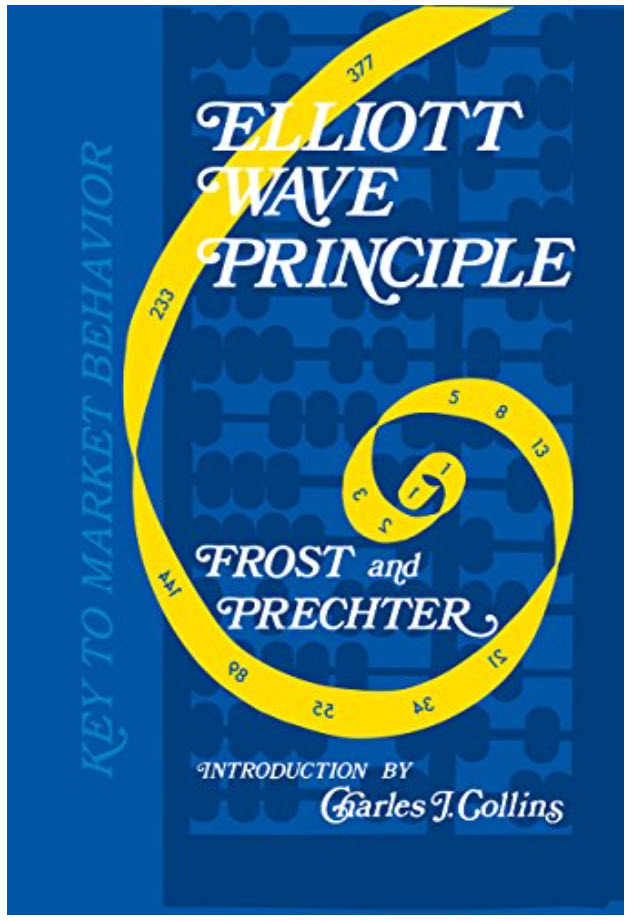Elliott Wave Analysis of the Nasdaq 100 Index ETF (QQQ) by Sid from ElliottWavePredictions.com. Click on the charts to enlarge.
There are several ways to track the Nasdaq. Today I’m showing the Powershares QQQ Trust, which generally tracks with the Nasdaq 100 Index. First, let’s take a look at a long-term (monthly) chart:
The most important aspects shown in this chart are:
- The initial upward movement from the October 2002 low counts best as corrective. I believe it is a double zigzag, and have labeled it primary (burgundy) wave W.
- The subsequent drop into late 2008 falls short of retracing 90% of the up move from October 2002. I’ve therefore labeled the November 2008 low as burgundy wave X. This labeling suggests that the upward movement from the November 2008 low is going to be a black ABC zigzag.
- The monthly RSI has already topped and has fallen out of overbought territory.
As we look in at the weekly chart, starting at the December 2011 end of the black B triangle, the upward movement associated with black wave C has certainly displayed the characteristics of a thrust from a triangle, moving relentlessly to the upside for almost 4 years now. Because the up-thrust from Dec 2011 is projected to be a C wave, it should subdivide into 5 (blue) waves. I’ve decided to keep the blue 3 label at the September 2014 high because it has a better near Fibonacci relationship (2.618) with the length of blue wave 1 there. Then, I’ve labeling the structure from Sept 2014 through August 2015 as a double zigzag for blue wave 4, with an unusually stretched X wave in the middle of it. There are other interpretations. For instance, blue wave 4 may still be underway as an expanding triangle.
Finally, the daily chart:
Now that the Q’s has taken out the July high, how high will it go? The next large degree target is at 117.49, where primary (burgundy) wave Y will equal burgundy wave W times 2.618. Based on my independent interpretations of the Dow, S&P, and Russell, the roadmap shown on the chart seems most likely. Down in November for a pink wave 4, and up in December for a pink wave 5, ending about year-end. While the Nasdaq is moving down in November for its pink wave 4, I think most other indices will produce a relatively modest wave 1 to the downside. And then, while the Nasdaq is making its final pink wave 5 high toward year-end, the other indices with be partially (and probably deeply) retracing their November waves 1’s with December wave 2’s.
—
Update on the S&P-500: In my last free SPX post (Oct 30), I suggested that a top may be “in” at the Oct 30 high. While all subdivisions could be counted complete on that date, price worked its way into new highs on Monday. Monday night, I emailed the following chart to subscribers, with the following message:
“EWP ScreenShots subscriber update:
So far, Monday’s interpretation (above), as emailed to all EWP “Counts” Webinar and EWP ScreenShots subscribers has developed as planned, as the top tick on the ES (as of this writing) was 2110.25 on Tuesday, and 2116.48 on that same day in the S&P-500 cash index (SPX).
Please join me for my Weekly “Counts” Webinar, where I go over all of my Elliott Wave counts and associated Fibonacci price targets for many of the world’s major stocks markets, commodities, currencies, and bonds. Hurst cycle analysis is considered on almost all items. A link to the recording of the webinar is emailed to all “Counts” webinar subscribers immediately afterward, whether they were able to attend “live” or not. Alternatively, my EWP ScreenShots service provides updated multi-timeframe analysis of the SPX, DAX, Gold, Oil, TLT, US$ (DX), & EUR/USD currency pair twice each week. All “Counts” webinar subscribers receive EWP ScreenShots as a free bonus. Many traders and investors have found my analysis quite profitable over the years.
Sid Norris
http://elliottwavepredictions.com







